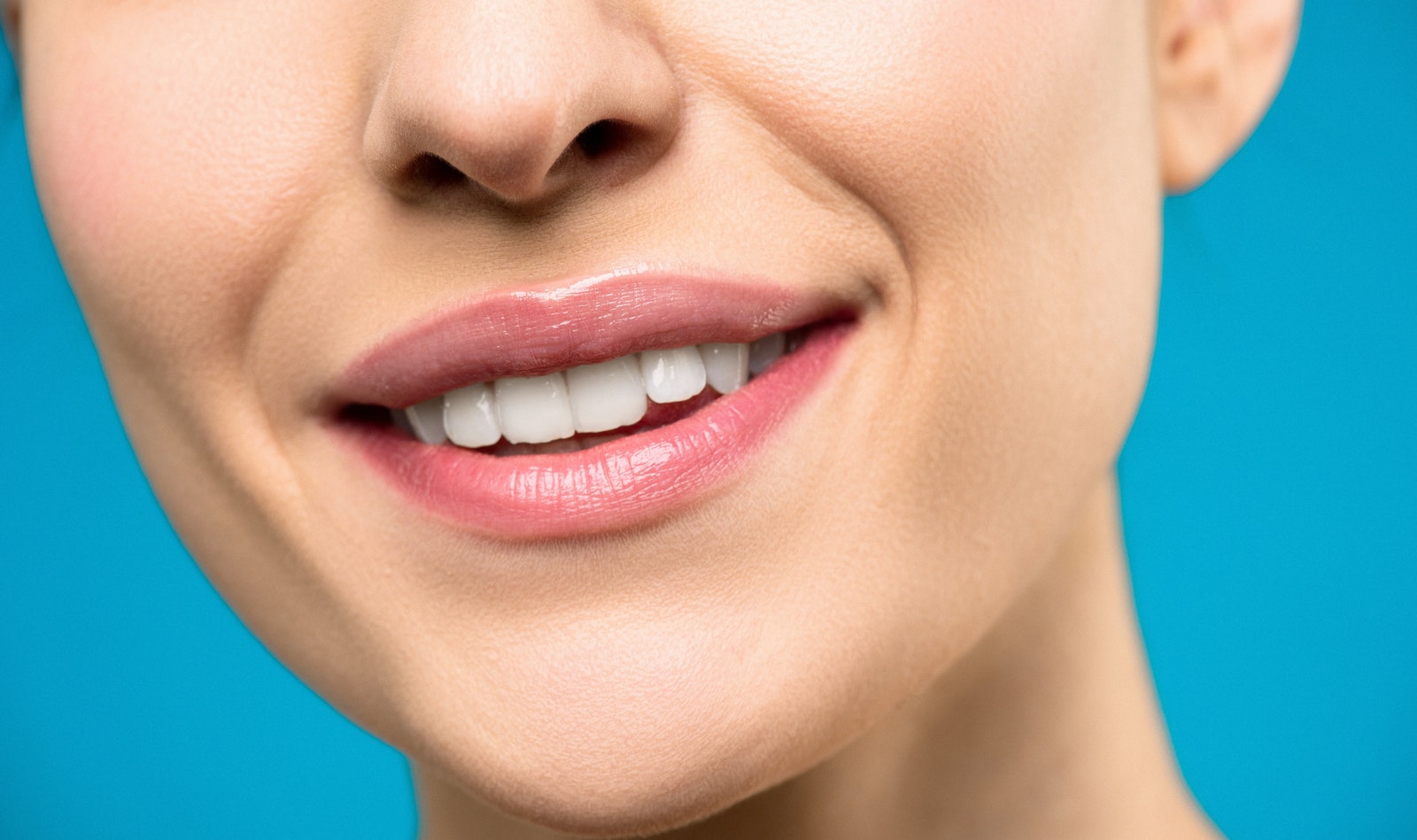Dentists use teeth numbering chart to show what a particular tooth looks like, as well as its orientation. Whether you’re in the dental industry or not, you’ve likely come across the little tooth number charts that dentists use to make sure they don’t mess up your teeth when they’re working on them. These handy-dandy tools can be found online, as well as in dental supply stores and offices everywhere, but what do they actually mean? How are they organized? What do the different codes really mean?
The Basics
These charts are extremely useful in dentistry because they make it easier for dentists to take x-rays of patients’ teeth and it allows patients to have more control over their oral care. Dentist number charts start at one end with an image of what healthy teeth look like when seen from above, called labial view. The area that you see in labial view (the side facing your lips) is tooth number one. When looking at these numbers horizontally, they represent how many teeth are located on each side of your mouth – left and right – both top and bottom. So, if you had five teeth on your upper left side, those would be labeled 5 LU. Moving across to the other column shows us which way those same five teeth are oriented: labially or lingually. That’s why we refer to them as Labial View and Lingual View; they describe where we’re seeing those same five upper left teeth from. In order to know where something is on our bodies we need two things: location and directionality. Labial view tells us where something is (on our lips), while lingual tells us which way it’s oriented (towards our tongue). We can also think about how something feels by referring back to lingual or labial views.
Teeth #1 to #8
The teeth numbered one through eight are on your upper and lower jaws, with #1 being located in front of your mouth. Each tooth has a unique name based on where it’s located in relation to other teeth. The first bicuspid (aka: premolar) next to your canine teeth is called first proximal lateral, while another tooth down (in terms of location within your mouth) from that point gets called first distal lateral. Confusing? We know—and don’t worry if you can’t quite wrap your head around all these names. Just know that #1 canines are next to #2 premolars, which are next to #3 molars, etc. Teeth #9 to #12: Your wisdom teeth are also referred to as third molars, and they’re located at different points along your jawline depending on whether they’re top or bottom teeth. If you have four wisdom teeth, for example, two will be directly behind your second bicuspids (the ones right next to your canine teeth), while two will be positioned further back along your jawline. These wisdom teeth often emerge during late adolescence or early adulthood but sometimes never make an appearance at all—it varies by person. They’re named according to their position in relation to other surrounding teeth. For example, wisdom tooth #9 is directly behind wisdom tooth #8 and wisdom tooth #10 is directly behind wisdom tooth #9.
Teeth #33 and above
These numbers represent additional brackets. They may be referred to as simply, lower and upper so that each of your teeth are labeled individually. Many will label them with your name like joey lower right molar. However, it really depends on who you see for teeth numbering chart. In addition, some dentists number their wisdom teeth and cavities in between other teeth using letters instead of numbers to make them stand out more clearly on x-rays, making treatment easier in these areas while maximizing tooth preservation in front of existing teeth.
Other numbers you might see on your chart
While we’re talking about charts, you should be sure to familiarize yourself with your peers. Every one of your teeth has its own unique placement in relation to other teeth. There are three primary types of dental charts you’ll need to know: Lingual, Occlusal and Bitewing (aka wisdom tooth). Lingual refers to teeth on top of your tongue; Occlusal refers to teeth on either side of your tongue; and Bitewing shows where wisdom teeth will likely end up if they emerge. Understanding these conventions can make it easier for you and your dentist to discuss procedures and treatments!
The Rest of Your Mouth
Dentists and hygienists use what’s called a dental number to assign an individual number to each tooth in your mouth. This allows them to keep records and talk about specific teeth if needed. To learn more about how you can use dental numbers, check out our guide on how dentists define teeth. In addition, once you’ve mastered what all of your teeth are called, it might be helpful to see where they fall in relation to one another! Our post that explains how dental numbers relate to their corresponding tooth might give you some insight into reading a numbering system that may be new to you.



